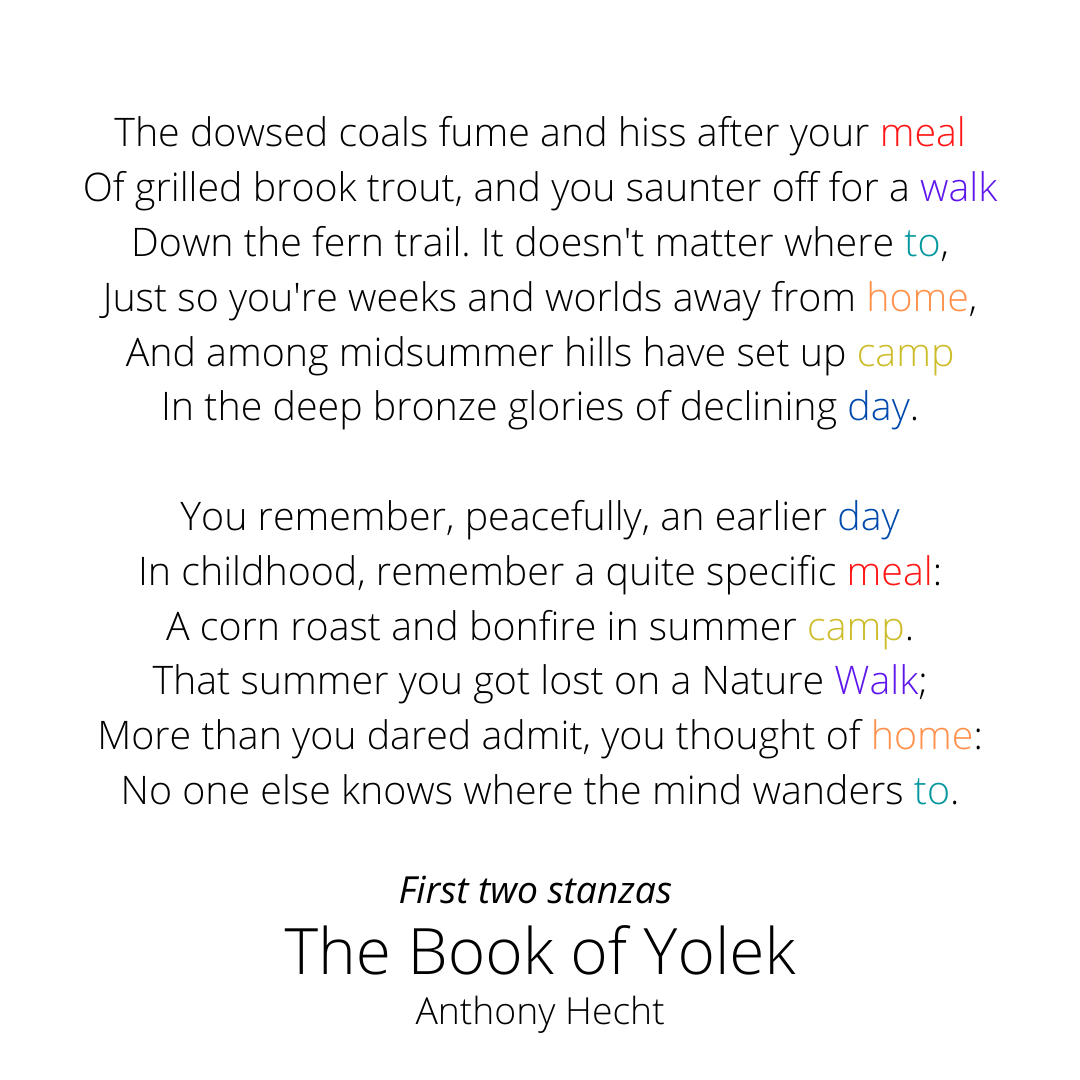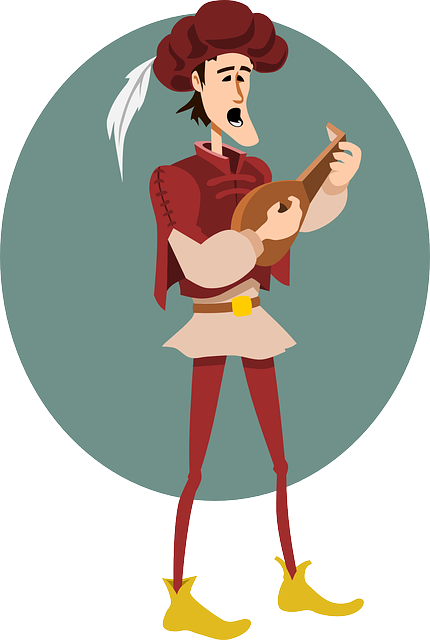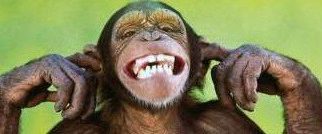Learn to write one of the more remarkable poetry styles
 Image by Andrian Valeanu from Pixabay
Image by Andrian Valeanu from Pixabay
So, you want to know how to write poetry ? and not just a few rhyming lines, you want a challenge. Don?t worry, we have just the thing for you. Read on, and you will learn how to write a sestina, one of the more remarkable poetry types.
What is a Sestina?
A sestina is a long poem, with seven stanzas. The first six stanzas have six lines apiece while the 7th stanza has three lines. In a sestina, the last words of each line are strictly ordered and then re-ordered.
Sestinas, in their basic form, have a meter but do not rhyme. However, they do have a pattern with each line ending in a set word. The easiest way to understand the structure of a sestina?s first 6 stanzas is to look at the following chart, and then a sestina example.
(For illustration?s sake, the alphabet is used to represent whatever end word might be used in a sestina.)
Stanza 1 ? A B C D E F
Stanza 2 ? F A E B D C
Stanza 3 ? C F D A B E
Stanza 4 ? E C B F A D
Stanza 5 ? D E A C F B
Stanza 6 ? B D F E C A
Need a different visual? Here are the six lines of a sestina?s first stanza:
. . . . A
. . . . B
. . . . C
. . . . D
. . . . E
Now, we move to the second stanza:
. . . . F
. . . . A
. . . . E
. . . . B
. . . . D
Do you notice what happened? The second stanza?s first line ended with the same word as the line above it. Then, in a slow sandwich movement, it flipped up to A, then down to E -a slow yet very consistent alternating of words.
Once you understand this, you can see how the next four stanzas will flow.

The Rules, Applied
Still trying to visualize what this means? Let?s take a look at some examples.
To recap, the first stanza sets the stage, introducing the sestina?s topic, and setting out the first 8 words.
Here is the first stanza in Sestina of the Tramp-Royal by Rudyard Kipling, with the key words in bold.
Speakin? in general, I ?ave tried ?em all –
The ?appy roads that take you o?er the world.
Speakin? in general, I ?ave found them good
For such as cannot use one bed too long,
But must get ?ence, the same as I ?ave done,
An? go observin? matters till they die.
Kipling lays out his words: all, world, good, long, done, die. In the next stanza he will follow the sestina order and reverse them.
What do it matter where or ?ow we die,
So long as we?ve our ?ealth to watch it all –
The different ways that different things are done,
An? men an? women lovin? in this world;
Takin? our chances as they come along,
An? when they ain?t, pretendin? they are good?
(Notice, Kipling cleverly inserts ?along? instead of long. This kind of wordplay is allowed and even encouraged in sestinas!)
Here?s another example, with the last words color-coded for you.

Starting to make sense? If not, don?t worry. The sestina form will sink in and start fitting together as you keep reading.
A sestina concludes with a shorter ?tercet? stanza, only three lines, known as the envoi. The envoi uses three, or all six, of the designated words in an alternating pattern determined by the poet. Traditionally the envoi concluded with 5, 3, 1, or to use our letter example, E, C, and A, bringing the sestina full circle at its conclusion.
The resulting poem is constrained yet allows room for creativity and wit. Yes, you may use the same word, but if you?ve picked a word with multiple meanings, you can use it as such. Sestinas can be playful or sober. The repetition of words lends itself both to tongue-in-cheek narrative and to sinister foreboding.
Who Made These Rules?
Believe it or not, sestinas have been around since the 12th century. French troubadours, traveling poet-musicians, were well-known for their intricate verse compositions. The French troubadour Arnaut Daniel, is widely recognized as the creator of the sestina.
Like the sonnet, the sestina traveled to Italy where Dante and Petrarch both experimented with it, before moving on to England.
The Sestina Structure: Troubadours to 21st Century
 Courtesy of Pixabay
Courtesy of Pixabay
Sestinas are not like sonnets. As we mentioned in our post on how to write a sonnet, sonnets are like boxes in their composition. Squarish, rule-following, straight-forward, that?s a sonnet.
Sestinas, in contrast, are like a very straight sidewalk, running alongside a flowerbed. In the flowerbed are 6 different types of flowers, with the flowers arranged neatly but in slight variations.
Realizing the sestina?s French origin can help explain its tendency toward stilted stiffness. It is not a form that lends itself to the English language easily.
As such, the sestina was not embraced universally. Arriving in England around the same time as the sonnet, only a few Elizabethan poets dabbled with it. However, the sestina resurfaced in the 20th century with W. H. Auden, Ezra Pound, and other poets gravitating towards its complex, intriguing form.
Now you know the form, the rules, even a little bit of the history. It?s time for you to start writing, so grab a pen and a notepad.
- Determine your theme. Do you want your sestina to be serious, or have a humorous edge? Will it focus on an idea, a person, or will it be a narrative?
- Brainstorm six stanza-ending words.
- Evaluate your words in light of your theme. Will these words work? Change or adapt your chosen words, if needed.
- Arrange your words in the order you?d like for the first stanza.
- Decide upon your meter (how many beats in each line). Iambic pentameter is often used.
- Start writing. (And if you need encouragement, read The Writing Mindset: 7 Easy Ways to Write with Confidence)
- As you write, focus on the meaning behind your repeating words. If appropriate, use puns and creative wordplay.
Tips
The sestina is a longer poem to write. You know how to write poetry yourself, so plan your writing times accordingly.
Maybe you?ll only write a sestina if you do it all at once.
Or, maybe you will work better by writing a stanza a day. If so, using our handy guide, you can write a sestina in a week!
Monday: Using the outline above, choose your words and write your first stanza
Tuesday: Review your first stanza, write a second stanza
Wednesday: Review stanzas 1?2, write stanza three
Thursday: Review stanzas 1?3, write stanza four
Friday: Review stanzas 1?4, write stanza five
Saturday: Review stanzas 1?5, write stanza six
Sunday: Review stanzas 1?6, write concluding envoi, and celebrate a completed sestina.
Why Write a Sestina?
Now you know how to write a sestina. But why bother? There are so many rules!
The sestina is like that complicated board game your friend likes to play. You want to join, but you need to read all the rules first ? and then double-check them a few times as you get started. Once you get into the game though (or in this case, the poem) it all makes sense.
The sestina is a challenge. It?s a puzzle and a poem, tempting you. Can you fit the rules and yet spin a poem that will catch readers without them realizing the strict poetic confines? If you set your mind and creative talents to it, a sestina can rise beyond the rules and shine!
Need Some Inspiration? Resources?
Sestina | Poetry Foundation Forms of verse: Sestina
How to Write a Sestina (with Examples and Diagrams) -some more helpful diagrams as well as information on variations of the classic sestina
Poetics and Ruminations: The Art of the Sestina -a poet explains in depth the history of sestinas
The sestina, an intricate ver ? -A history of sestinas with a focus on The Book of Yolek, included in full. (notice how Hecht uses ?to? in different forms throughout his sestina.)
http://thecantosproject.ed.ac.uk/index.php/canto-6-title-page/vi-sources/175-arnaut-daniel-lo-ferm-voler -The first sestina, translated by Ezra Pound
Poetic Forms -From Merriam Webster


